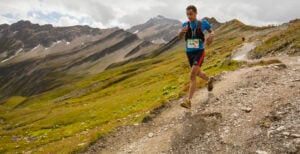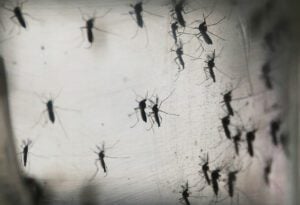what3words divides the entire planet into 10 feet squares. Each square is assigned a unique three-word combination and with just 25,000 different words, they have covered the earth’s surface.
But that was just the start of the challenge.

Chris Sheldrick, what3words CEO and Co-founder was a tour manager in the music industry when a logistical nightmare surfaced. He had booked a band for a wedding just south of Rome, Italy, and provided them with the GPS coordinates. One small typo later, they found themselves an hour north of the city, instead of south. The lesson? A single-digit hiccup can lead to an unexpected detour.
We’ve all been there. Losing friends at gigs, resorting to vague texts like ‘front right’ or ‘by the big sign’. Or maybe navigating the labyrinth of unfamiliar streets in a city on holiday, frantically checking an outdated map, or waiting for a parcel only to find it was delivered to the wrong road.
“In a country [the United Kingdom] that we think has pretty good streets addressing, it’s mind-boggling the number of addresses that don’t get you anywhere near your house,” Rachael Holborn, current Director of Language Development at what3Words tells me. Case in point, there are 34 Victoria Roads in London alone.
Sheldrick hit upon an idea. How about something as accurate as GPS, but made way more human-friendly? He ditched coordinates for words. Three simple words, to be precise. Enter what3words – a global language of location, used by festival-goers searching for friends in non-descript fields without signal, delivery drivers in Nigeria, car navigation systems, and emergency services from the UK to Mongolia.
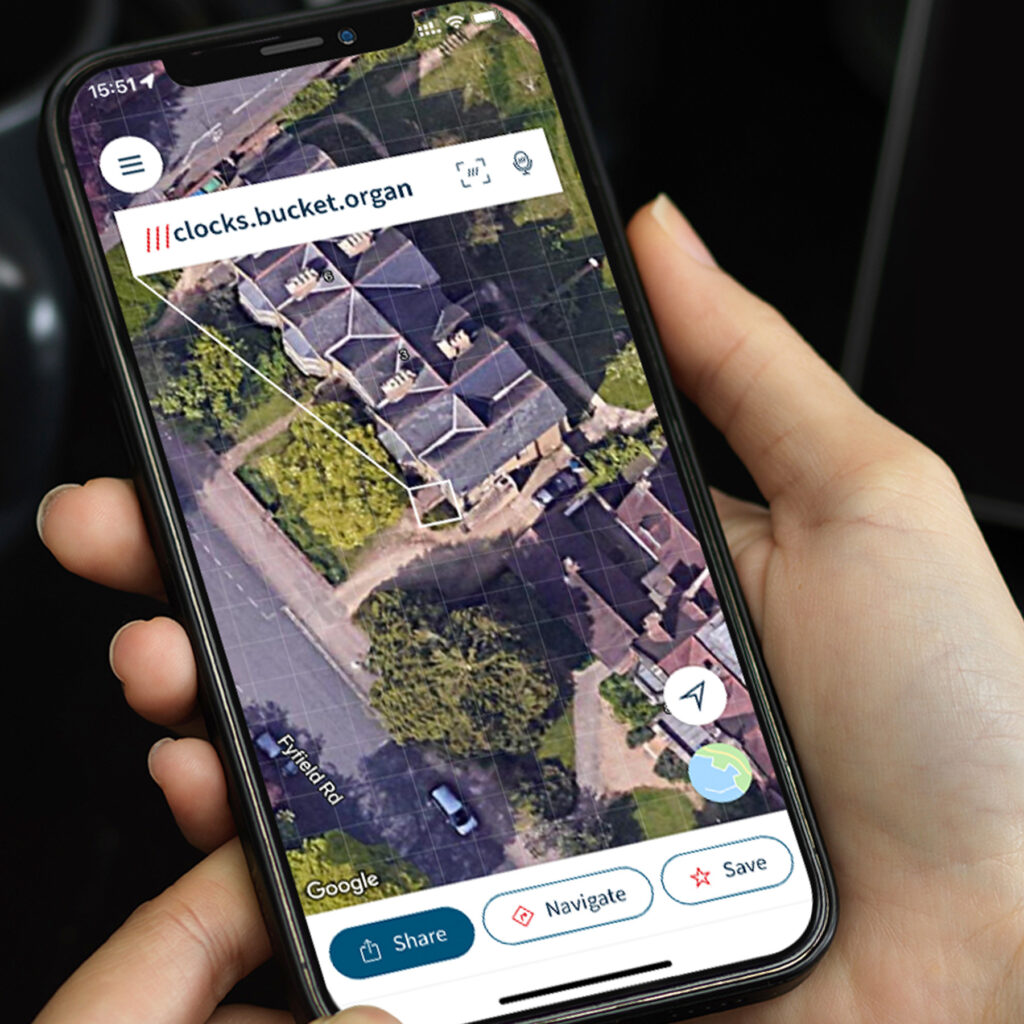
Covering the entire Earth’s surface takes just 25,000 words, where each word is repurposed in various combinations for unique locations, from ‘alien.gymnastics.blockage’ in Area 51 to ‘stays.same.really’ inside the US Capitol Building. The more obscure the place, the more peculiar the word combination, like ‘camcorders.limbering.wildcard’ in the middle of the North Atlantic.
Despite 171,476 words in the English language, Jamie Brown, what3Words’ former Head of Language Development explains that in a what3words address, every word must be unique and universally understood as distinct. But this begs the question: what is a word? Another challenge arises when compound words, like ‘jellyfish’ or ‘icecream,’ muddle clarity in a three-word address.
Read More: Susie Dent’s Top Tens: 10 ‘Americanisms’ that aren’t actually American
Each word and combination must also be distinct in both writing and pronunciation. Homophones, like ‘red’ and ‘read,’ are vetoed, as are British-American spelling differences like ‘colour’ and ‘color’. Homophones run rampant in English, ‘what.three.words’ itself containing a homophone (‘what’ and ‘wot’).
Language is abundant with quirks and idiosyncrasies, with new words emerging and old ones fading away. Holborn notes the generational gap—her grandmother might not grasp ‘selfie,’ while her 18-year-old nephew is clueless about a ‘modem.’
And that’s just English. From early on, the company’s ambition was to become the global standard for talking about location. However, the challenge was apparent: English, spoken by only 5% of the world, couldn’t be the sole basis for a truly global product. Jamie, part of the early expansion, says complexity arose when direct translations weren’t feasible due to the absence of equivalents for every English word in other languages.
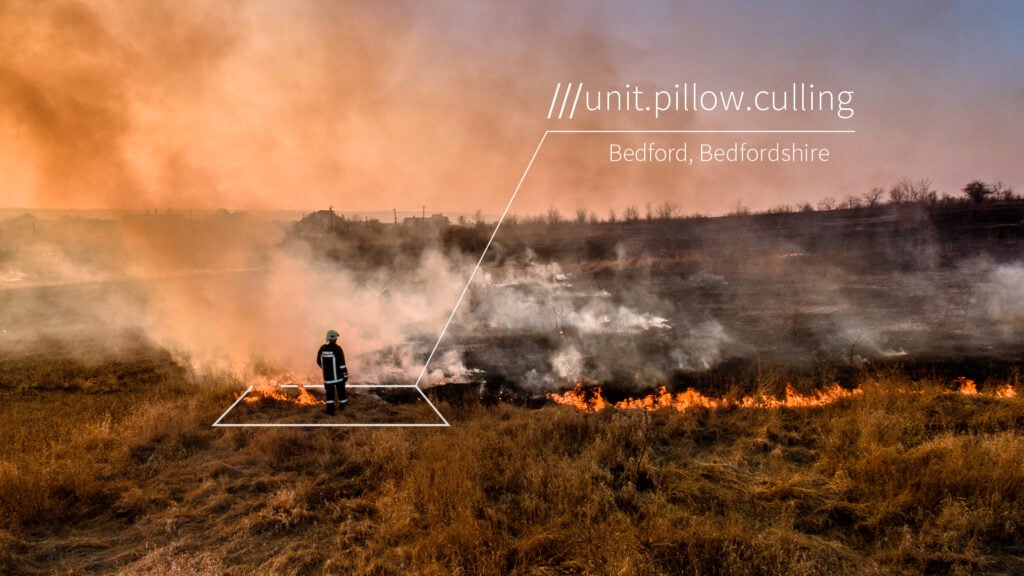
The notion of a ‘word’ varies across languages, with some languages presenting what an English speaker might consider multiple words written without spaces. It became clear that translation alone wasn’t the answer: “Non-English speakers can see in the blink of an eye when something’s been translated from another language. It feels clunky,” Holborn explains. So, they’re back to square one with each new language.
It’s a huge endeavour with each new language taking 6-8 months to get on the map. Spanish, Russian, and Swedish led the charge, and today, what3words speaks 60 languages, with Kazakh the latest addition. Next on the horizon for what3words includes work on Vietnamese voicing and the Slovene language.
The meticulous process of language integration involves a deep dive into linguistic intricacies. “`We sit down and look at how the language works, and each language presents different challenges” Rachel continues. Does it have a Latin script or a different alphabet? Does it have an agglutinative structure? Does it read from left to right or right to left? Are there different dialects and do they affect the words speakers use?w about cases and accents?
Next, a team of 40 native speakers evaluates a huge word database, rating each word for commonality, identifying homophones, and flagging any rude words. This process, repeated by ten different people per word, ensures a user-friendly and culturally relevant wordlist. Words that might be completely fine in some cultures can cause offense in others. To get a representative picture of a language, they consult speakers from all different ages and demographics.
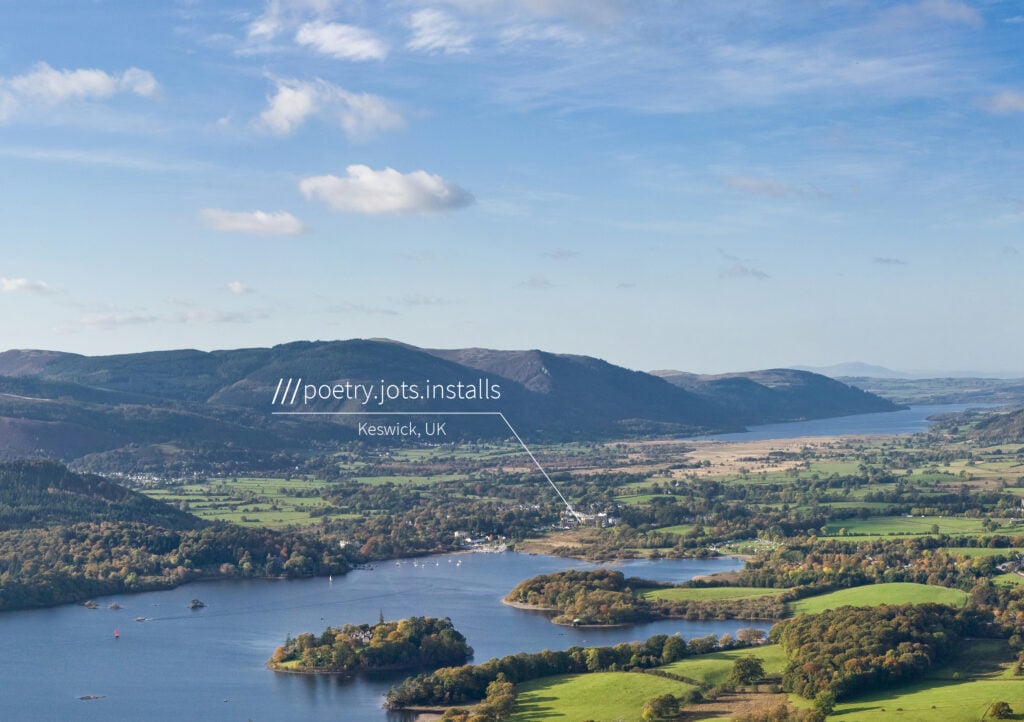
Holborn reminisces about her favourite language project in Bulgarian, while Urdu, with its left-to-right script, was the biggest learning curve. Yet she insists that working on various languages is “any linguist’s dream job”—it becomes ingrained in your thinking: “I can conjugate nouns into the genitive case in Mongolian, but I can’t order a coffee,” she laughs.
Holborn’s homophone radar is finely tuned, spotting them even on street signs. When ‘Dune’ hit cinemas, her knee-jerk reaction was a sharp ‘homophone!’. Brown, having collaborated with over 3,000 linguists worldwide, also admits that homophones still catch his attention when perusing a newspaper, despite passing the baton to Holborn three months ago. Both concede they’d excel in a language pub quiz round.
Effie Webb is a freelance journalist and researcher whose reporting focuses predominantly on emerging health and technology trends. Her Twitter is @effiewebbjourno.



